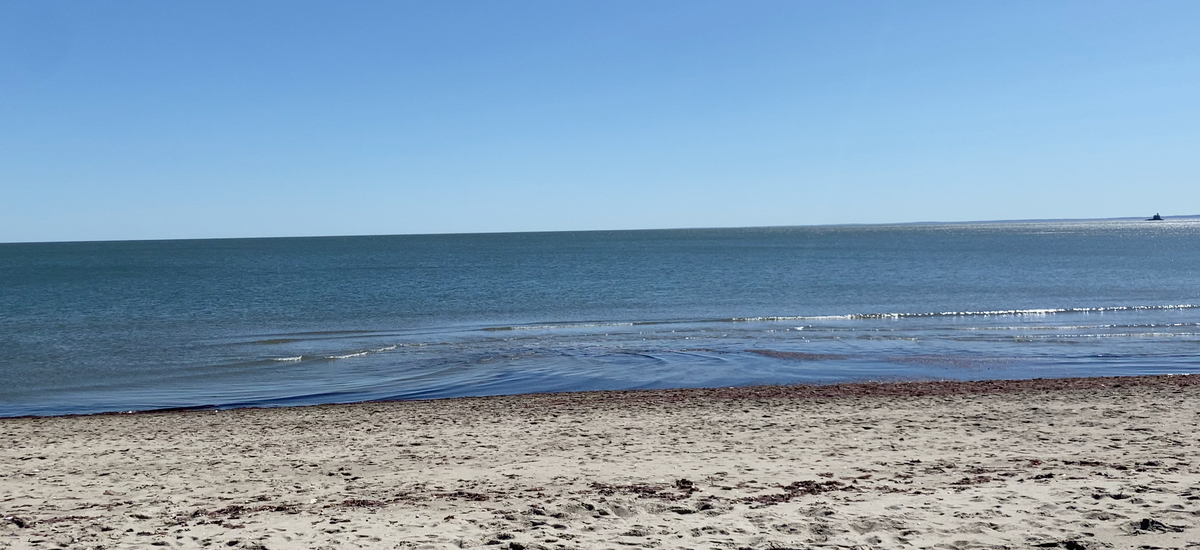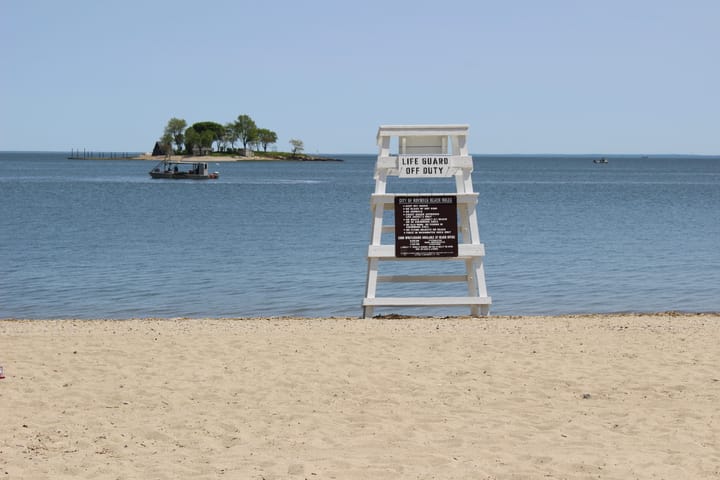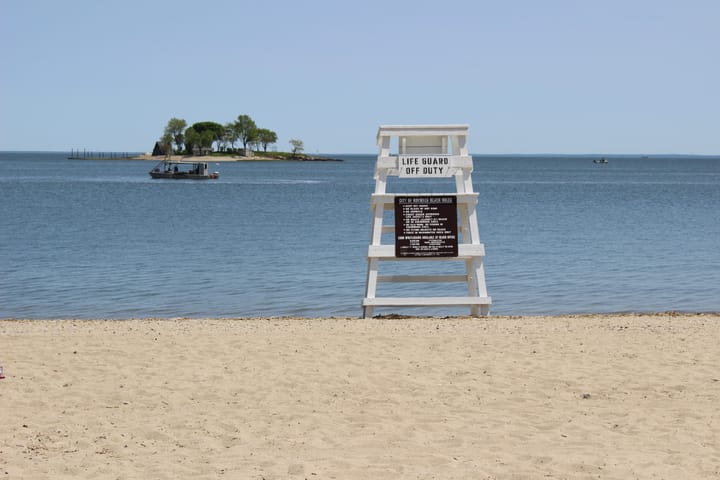Save the Sound Report Highlights Impact of Trash in the Long Island Sound
Save the Sound tracked trash data from their beach cleanups in the Long Island Sound over the past six years in a new report.

Since 2017, more than 500,000 pieces of trash have been picked up from the shores and waters of the Long Island Sound. That’s according to a new report from Save the Sound, a regional nonprofit focused on environmental action, which is based on their last six years of beach cleanups. Each year the group supports up to 75 cleanups along the Sound and tracks the trash to help “understand trends in marine debris and contribute to the global effort of stopping it at its source.”
“Over 600 marine species have been reported to be adversely affected by plastic,” said Emma DeLoughry, Save the Sound’s associate soundkeeper, in a statement. “ Yet we continue to produce an enormous amount of it, and only use most of it once before disposing of it. For example, a plastic straw may only be used for 30 minutes, yet it takes hundreds of years to break down. Ending single-use plastics and removing plastic trash from our natural spaces can help mitigate what has become a global issue.”
The data from their cleanups shows that the group has found over the past few years:
- 120,000+ cigarette butts
- 82,000+ small pieces of plastic
- 54,000+ food wrappers
- 24,000+ bottle caps
- 15,500+ plastic straws
- 100+ Styrofoam objects at each cleanup site
The report notes that those top three types of trash each present “unique hazards to the environment.”
“Cigarette butts are harmful as they contain plastic and toxic chemicals that leach into our soils and waters,” the report states. “Food wrappers and smaller pieces of plastic choke local wildlife and pose a risk to our own health as they break up into smaller pieces of plastic that can end up in the seafood we consume.”
Plastics make up 60 to 80% of the world’s marine debris each year, the report highlighted, with 92.4% of that plastic debris identified as microplastic particles, or those that are smaller than 5 millimeters.
“Microplastic pollution in Long Island Sound negatively impacts water quality, marine life, and human health,” the report stated.
Water quality in the Sound is essential to support both human activities and healthy ecosystems.
Sarah Crosby, director of conservation and policy for the Maritime Aquarium, told us last year that there’s two main areas of testing being done in the Sound—testing the water quality for people and testing the water quality for species and habitats.
“Water quality for people, we're thinking more about things like pathogens,” she said. “So when people are interacting with the water, is it safe for people to be in that water? Versus when we're thinking about water quality for species and habitats, we're thinking about temperature, we're thinking about salinity, we're thinking about dissolved oxygen.”
Save the Sound does some of this testing and reporting, analyzing the water quality through the region. In 2022, the group’s latest report, our region was divided into two main areas:
- Western Basin, which includes major cities, like Norwalk, and Bridgeport, runs from just west of the Norwalk River to the Housatonic River. It received a B+ grade for its water quality.
- The Eastern Narrows, which includes major cities, like Stamford, runs from just north of New York City to just west of the Norwalk River. It received a C grade for its water quality.
What Can I Do About This Issue?
Residents are encouraged to participate in cleanups hosted by Save the Sound and other organizations to help collect the trash that makes its way into the Sound.
Save the Sound also encourages people to reduce the use of single-use plastics, such as plastic water bottles or straws, by using reusable products or those that are compostable,



